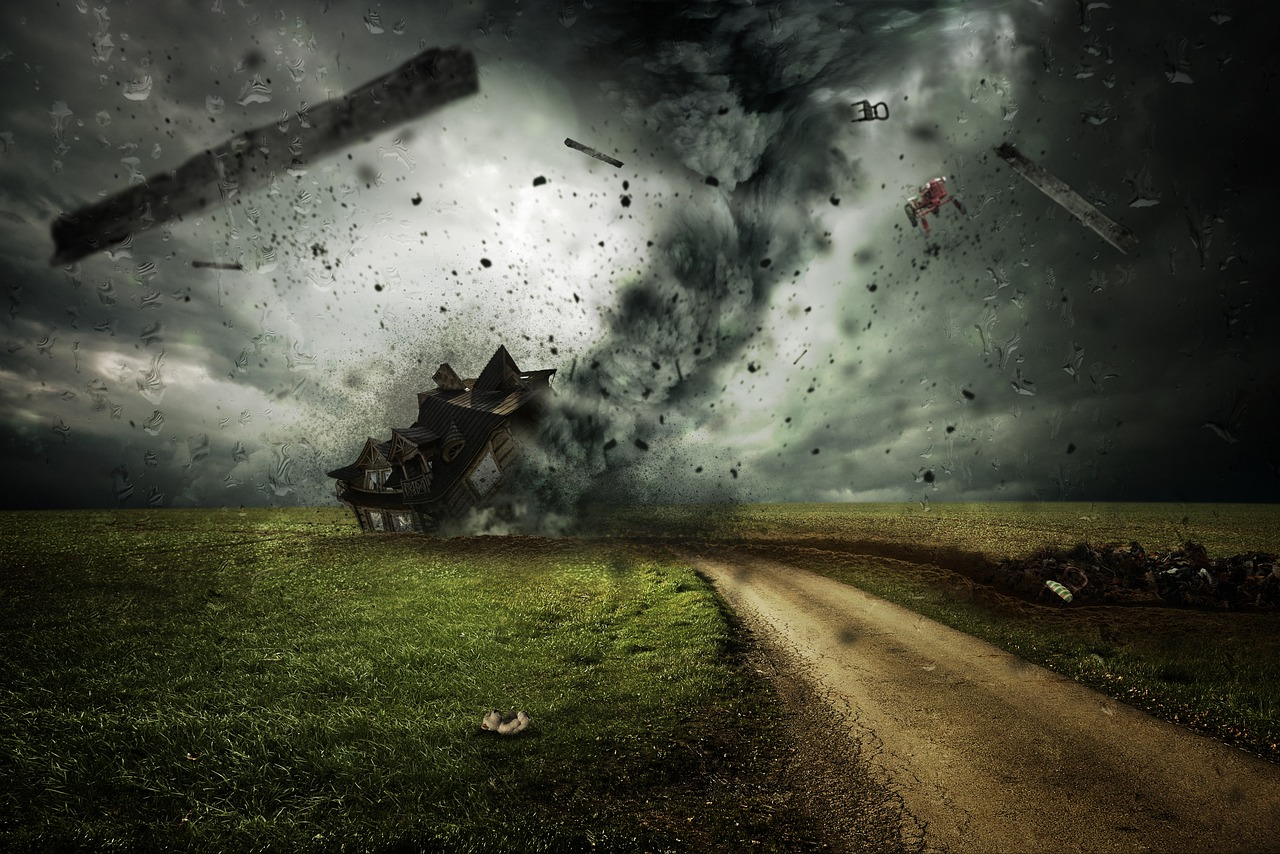Unit 14: Forces and Motion
Unit 14: Forces and Motion

Unit 14: Forces and Motion

Unit 14: Forces and Motion
Motion makes the world go 'round. Motion makes the moon go 'round too. In fact, motion makes lots of things go. When we think of motion we often think of cars, bicycles, kids running, basketballs bouncing and airplanes flying. But motion is so much more. Motion is important to our lives and impacts so many things that we do. Motion is the changing of position or location. But motion requires a force to cause that change. Let's learn about force and motion and the effects of these physical laws in our world.
What is Force?
Force is just a fancy word for pushing or pulling. If I push on something or pull on it, then I am applying a force to it. Force makes things move or, more accurately, makes things change their motion. Two natural forces that we have experienced are the force of gravity and magnetic forces magnetic forces.
These two forces act at a distance and do not require direct contact between the objects to function. Gravity produces a force that pulls objects towards each other, like a person towards the ground. It is the force that keeps the Earth revolving around the sun and it's what pulls you toward the ground when you trip. See Science Trek's site on Gravity.
Magnetism produces a force that can either pull opposite ends of two magnets together or push the matching ends apart. A magnet also attracts objects made of metal.
Types Of Contact Forces
There are 6 kinds of forces which act on objects when they come into contact with one another. Remember, a force is either a push or pull. The 6 are:
- normal force
- applied force
- frictional force
- tension force
- spring force
- resisting force
Let's investigate how these forces can be seen in our lives.
Normal Resisting Forces Force
A book resting on a table has the force of gravity pulling it toward the Earth. But the book is not moving or accelerating, so there must be opposing forces acting on the book. This force is caused by the table and is known as the normal force. You can “see” the normal force in some situations. If you place a thin piece of wood or plastic (a ruler works) so that it is supported by both ends (by books perhaps) and place a small heavy object in the center, the piece of wood will bend. Of course it wants to straighten out so it exerts an upward force on the object. This upward force is the normal force. You can feel the force yourself if you push down in the center of the piece of wood. The harder you push, the more the wood bends and the harder it pushes back.
Applied Force
Applied force refers to a force that is applied to an object such as when a person moves a piece of furniture across the room or pushes a button on the remote control. A force is applied.
- Frictional Force
- Frictional force is the force caused by two surfaces that come into contact with each other. Friction can be helpful as in the friction that allows a person to walk across the ground without sliding or it can be destructive such as the friction of moving parts in a motor that rub together over long periods of time.
- Tension Force
- Tension force is the force applied to a cable or wire that is anchored on opposite ends to opposing walls or other objects. This causes a force that pulls equally in both directions.
- Spring Force
- The spring force is the force created by a compressed or stretched spring. Depending upon how the spring is attached, it can pull or push in order to create a force.
- Resisting Forces
- Resisting force, like air resistance or friction, change motion. Whether the forces actually stop or slow something depends upon your point of view. Air friction makes a leaf travel along in the wind. When you pick up a pencil, it's friction with your fingers that gets the pencil in motion. In each case, the friction makes the two things (like the air and the leaf) move together.
Vocabulary
Lesson Reading

